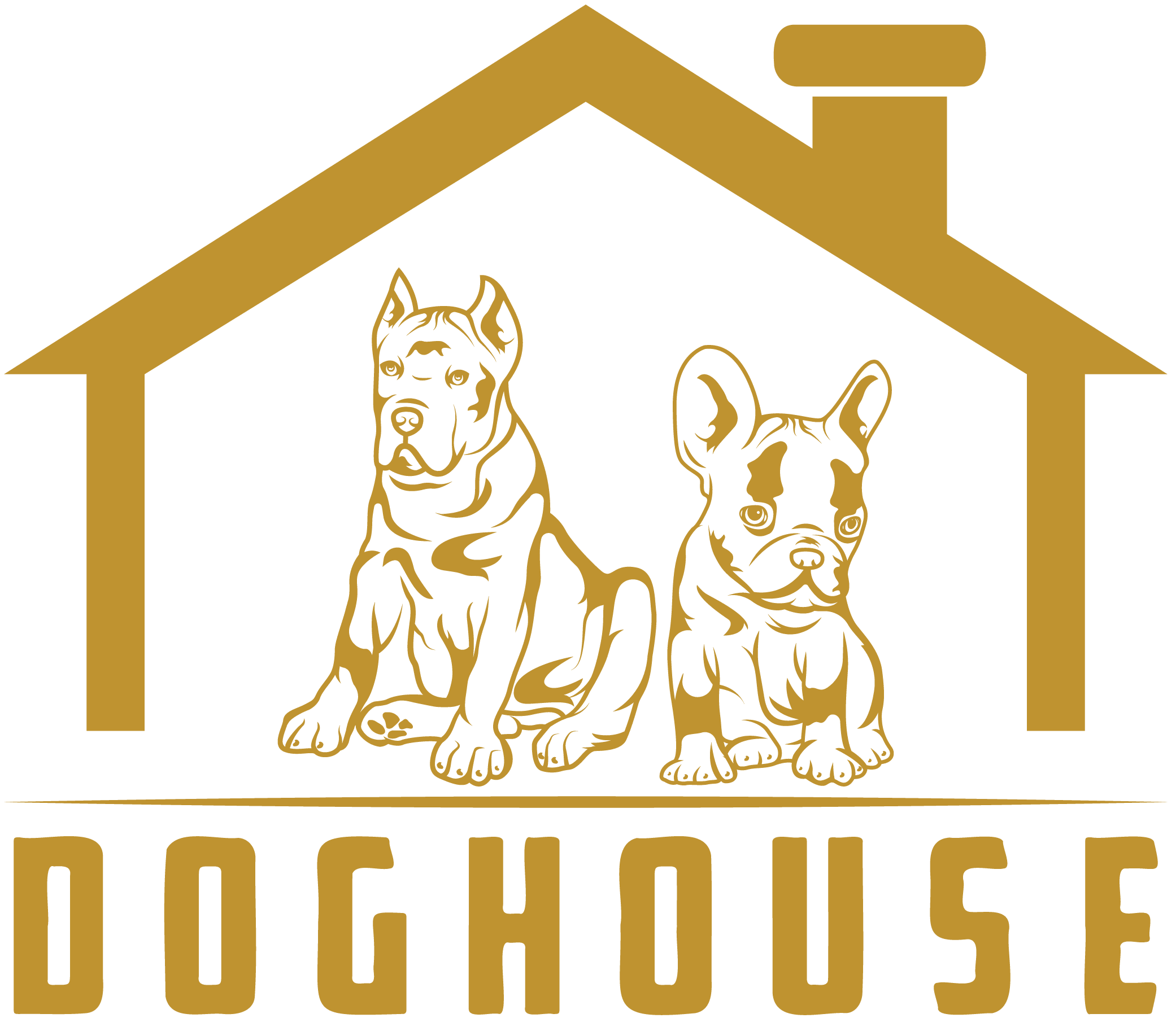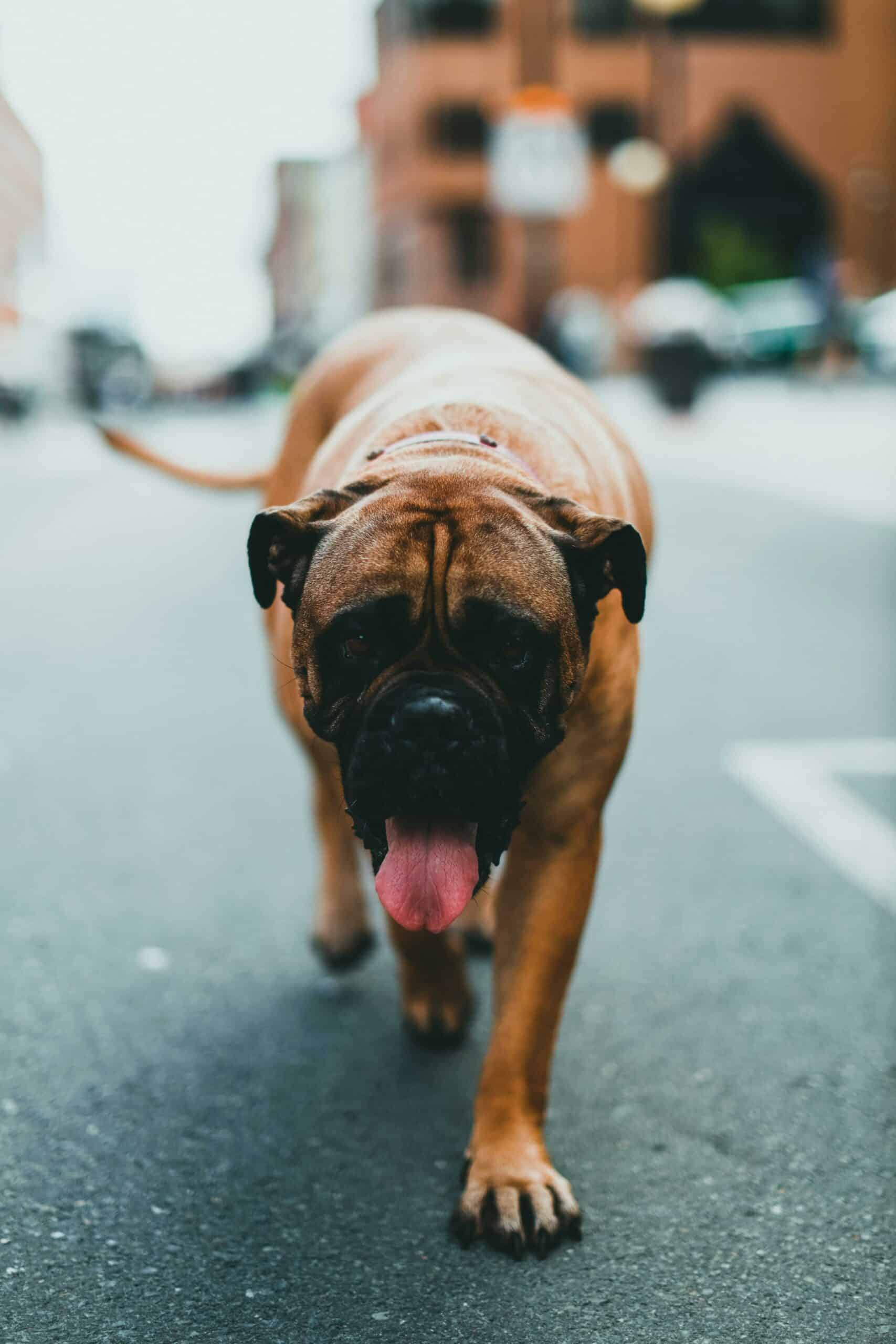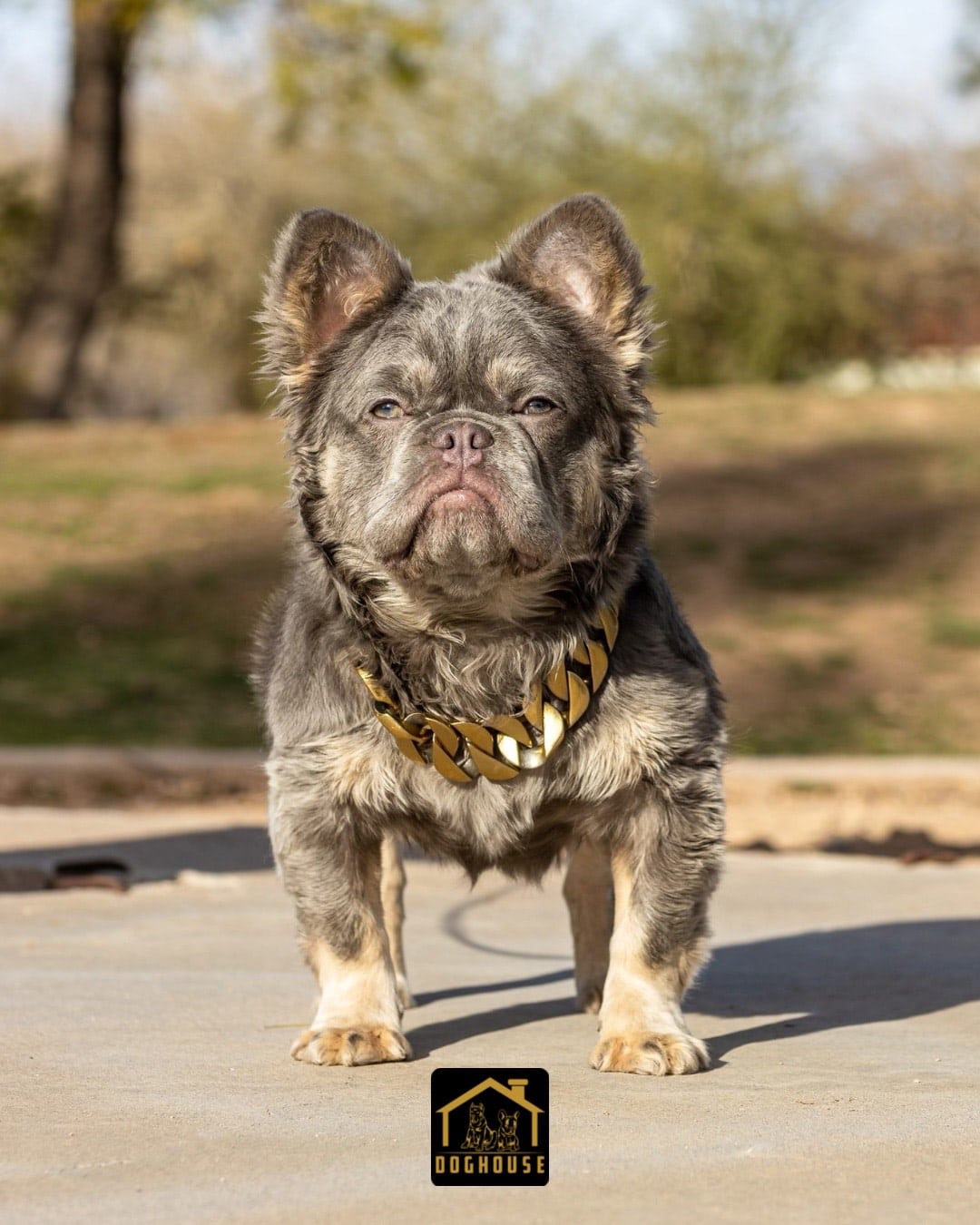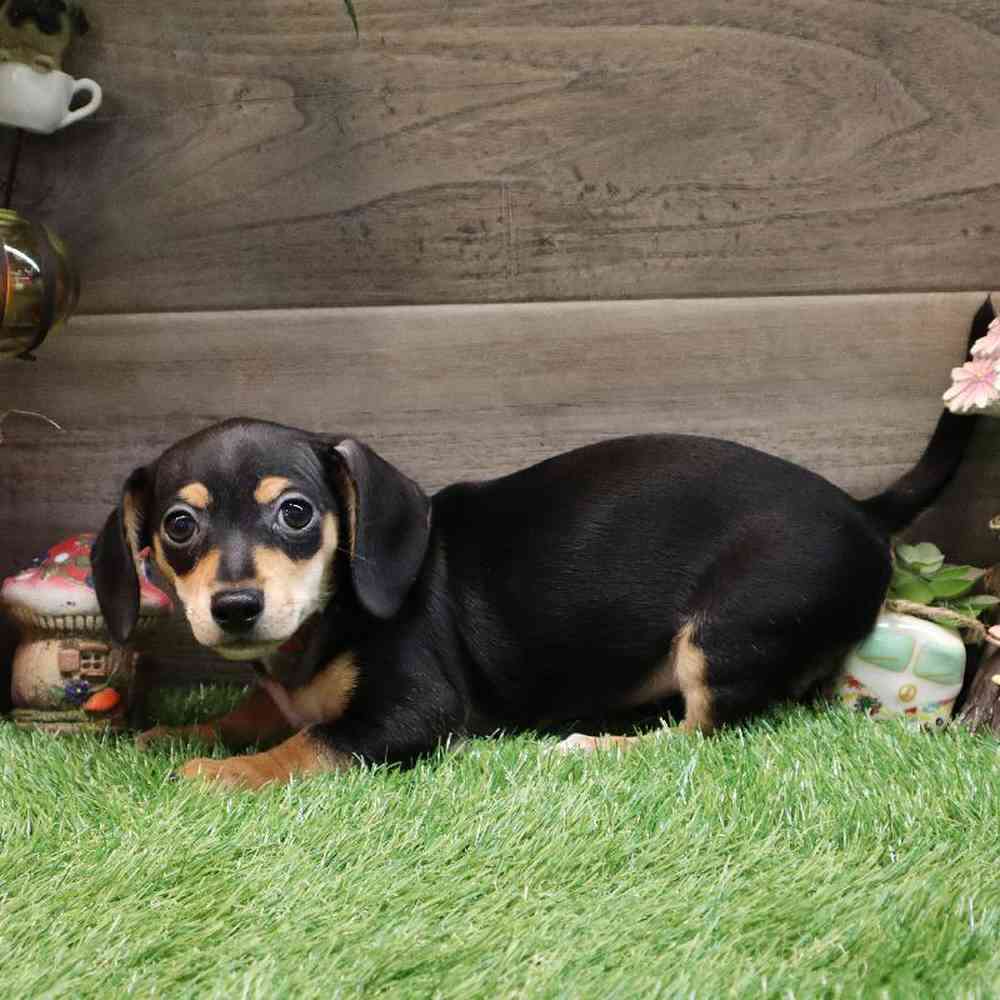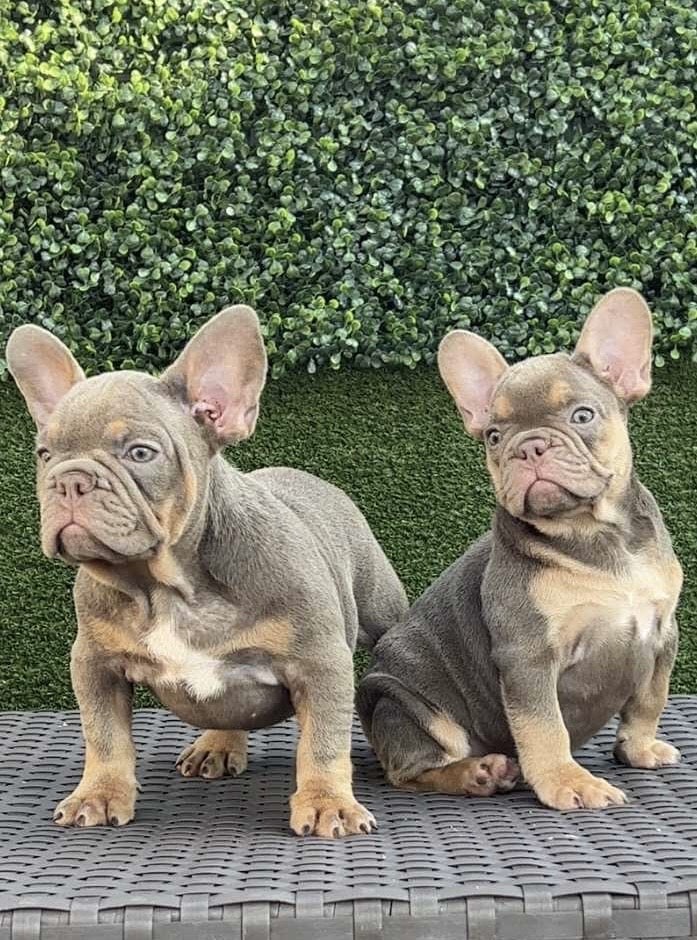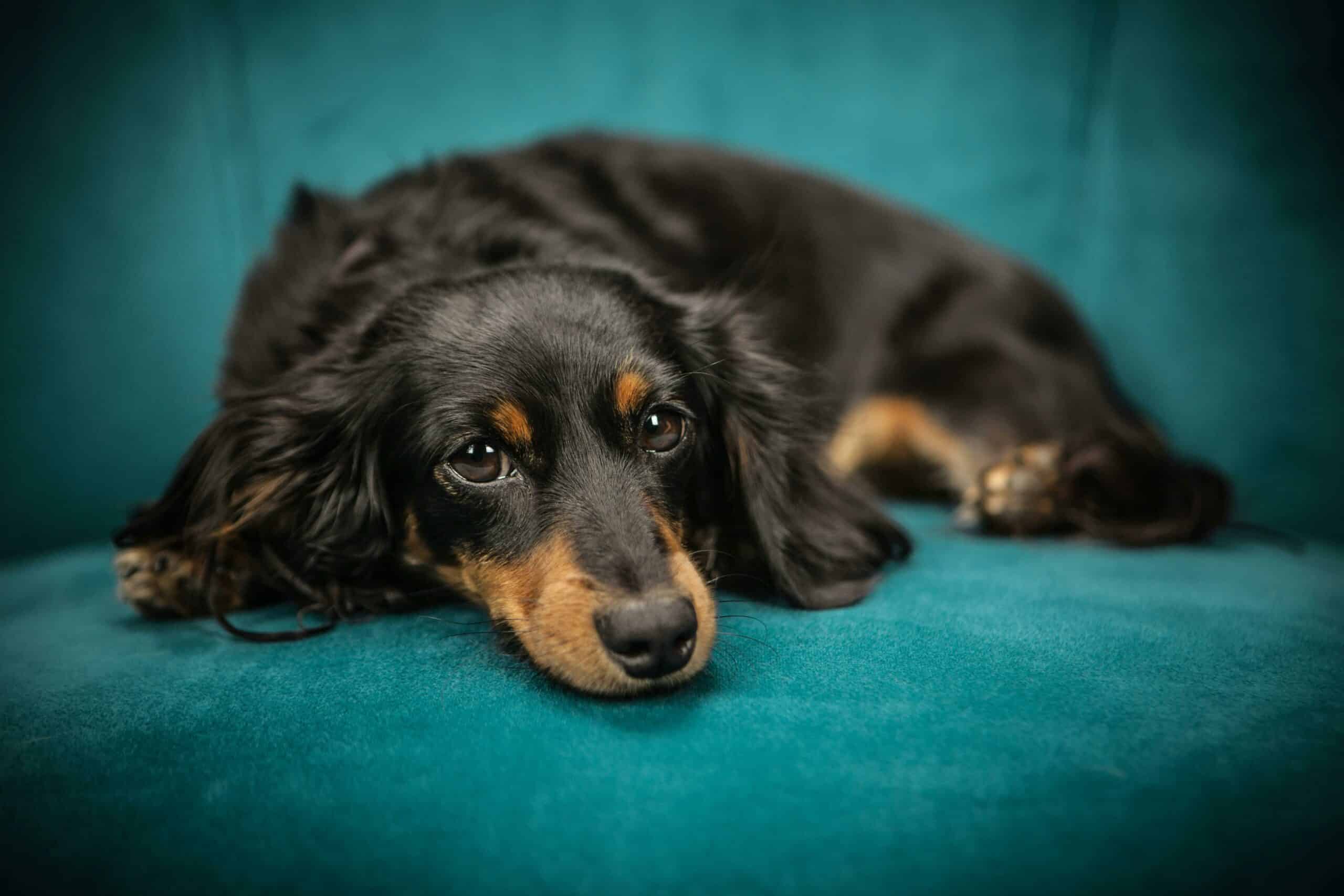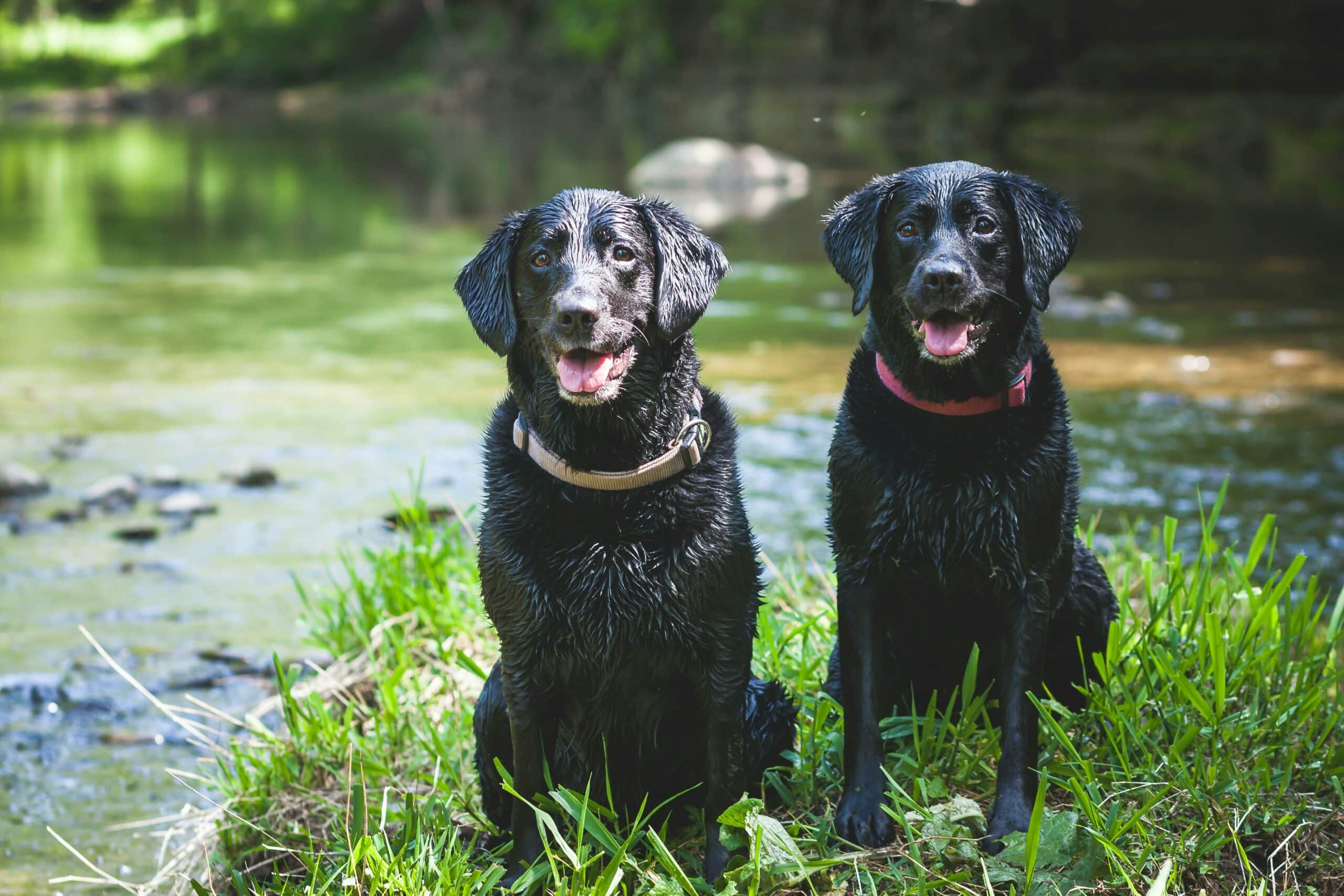The English Mastiff, a breed renowned for its colossal size and gentle temperament, stands as a symbol of strength and kindness in the canine world. Originating from ancient times, these majestic dogs have evolved from fierce protectors to affectionate family members, known for their loyalty and calm demeanor. Despite their intimidating appearance, English Mastiffs are known for their loving nature, making them excellent companions for families and individuals alike. As one delves into the world of English Mastiffs, it becomes clear that their impressive physical attributes are matched by their big hearts and serene personalities, making them a unique and cherished breed in the dog community.
English Mastiff History
The English Mastiff, a breed renowned for its immense size, strength, and gentle nature, boasts a history that stretches back millennia. Originating from the ancient molossus dogs of Greece, known for their formidable size and strength, these ancestors were spread across the ancient world by Phoenician traders. The breed gained prominence in England around the time of the Roman invasion in 55 BC, where their impressive stature caught the attention of the Romans, leading to their use in battles and as formidable opponents against wild animals in the Colosseum.
Throughout the Middle Ages, the English Mastiff’s role evolved; they served primarily as guard dogs, protecting estates and castles, and were also involved in bear-baiting, a popular yet cruel sport of the era. However, the breed faced a significant decline, teetering on the brink of extinction during World War II. The hardships of the war, particularly food shortages, made sustaining such large dogs challenging.
The post-war era marked a critical turning point for the English Mastiff. Dedicated breeding efforts, significantly aided by the importation of Mastiffs from the United States and Canada, revitalized the breed. These efforts not only saved the English Mastiff from extinction but also helped it gain popularity worldwide.
Today, the English Mastiff is cherished more for its gentle temperament and loyalty as a family pet than its historical roles in war and sport. This transition from a fearsome warrior to a gentle giant reflects the changing relationship between humans and dogs and highlights the enduring appeal of this majestic breed. The English Mastiff’s journey through history is a testament to its resilience and the enduring bond between humans and their canine companions.
English Mastiff Temperament
The English Mastiff is often described as a gentle giant, embodying a unique blend of grandeur, dignity, and a calm, affectionate nature. Despite their imposing size, Mastiffs are known for their gentle and loving temperament, making them excellent family pets. They are particularly known for their patience and fondness towards children, often displaying a protective yet gentle demeanor around them. This breed is not typically aggressive but can be reserved and wary of strangers, making them effective guard dogs. Their loyalty to their family is profound, and they often form strong, enduring bonds with their owners.
Mastiffs are generally calm and laid-back, content with lounging around the house, though they do require regular exercise to maintain their health. They are not overly energetic or demanding in terms of activity, but they do enjoy walks and moderate play. Training and socialization from an early age are crucial, as their large size combined with a stubborn streak can pose challenges if not properly managed. Despite their sometimes independent nature, Mastiffs are eager to please and respond well to positive reinforcement techniques.
Their sensitivity is another notable trait; they are surprisingly in tune with the emotions of their human family members and often seek to offer comfort. This sensitivity, coupled with their serene disposition, makes them excellent companions. However, their size and space requirements, along with their tendency to drool and shed, are factors to consider before bringing a Mastiff into your home. In summary, the English Mastiff, with its blend of majesty, loyalty, and gentle nature, makes for a loving and noble addition to a family, particularly for those who appreciate and can accommodate the needs of large dog breeds.
How Much Are English Mastiffs
The cost of an English Mastiff varies significantly, influenced by factors like breeder reputation, lineage, and geographical location. Based on various sources, the price range for an English Mastiff puppy generally falls between $800 and $3,500. On the lower end, some breeders offer puppies for around $800 to $1,000, particularly for pet-quality dogs. The average price for a Mastiff from a reputable breeder is typically between $1,000 and $1,700, reflecting a balance between quality and affordability. For show-quality Mastiffs or those from particularly esteemed bloodlines, prices can escalate to around $3,000 or even higher in some cases. It’s important to note that these prices are just for the initial purchase and do not include the ongoing costs of care, health, and maintenance, which can be substantial given the size and needs of this breed. This wide range in pricing underscores the importance of researching and choosing a breeder that not only fits your budget but also adheres to high standards of quality and ethical breeding practices.
English Mastiff Lifespan
The English Mastiff, known for its impressive size and gentle demeanor, unfortunately has a relatively short lifespan compared to smaller dog breeds. On average, an English Mastiff lives between 6 to 10 years. This shorter lifespan is a common trait among larger dog breeds, partly due to the strain their large bodies put on their health systems. Factors such as genetics, diet, exercise, and overall health care can influence their lifespan. Proper nutrition and regular veterinary check-ups are crucial for maintaining their health, especially considering their susceptibility to certain breed-specific health issues like hip dysplasia, elbow dysplasia, and cardiac problems. Regular, moderate exercise is also important to keep them fit and prevent obesity, which can exacerbate health problems. Despite their limited years, English Mastiffs tend to form deep, lasting bonds with their families, making their time together precious. Owners of these gentle giants often focus on providing a quality life filled with love, care, and comfort to ensure their Mastiff enjoys a full, happy life.
How Big Do English Mastiffs Get
The English Mastiff is one of the largest dog breeds in terms of mass, known for its impressive size and strength. Here’s a breakdown of their typical size:
- Height: Male English Mastiffs stand at about 30 inches (76 cm) or more at the shoulder, while females are slightly smaller, typically ranging from 27.5 inches (70 cm) and up.
- Weight: The weight of an English Mastiff is where they truly stand out. Males can weigh anywhere from 160 to 230 pounds (72 to 104 kg) or more. Females are generally lighter, weighing between 120 to 170 pounds (54 to 77 kg). It’s not uncommon for some males to exceed these weights, especially those that are well-fed and have substantial bone structure.
- Overall Size: The English Mastiff is not just heavy but also robust and muscular, with a massive head, broad skull, and powerful body. Their size is coupled with a dignified and confident demeanor.
Due to their size, English Mastiffs require sufficient space to move around comfortably. Prospective owners should consider their living environment and ability to accommodate such a large dog. Additionally, their size should be factored into considerations like exercise, diet, and healthcare, as larger dogs have specific needs compared to smaller or medium-sized breeds. Despite their daunting size, Mastiffs are known for their gentle and loving nature, often referred to as gentle giants.
English Mastiff Weight by Month
This is a general guideline for the growth pattern of English Mastiffs in their first year. Remember, these are average weights, and individual dogs may vary. Regular veterinary check-ups are important to ensure they are on the right track with their growth and overall health.
| Age (Months) | Male Weight (lbs) | Female Weight (lbs) |
|---|---|---|
| 1 | 10 – 20 | 8 – 18 |
| 2 | 20 – 30 | 18 – 27 |
| 3 | 35 – 50 | 30 – 45 |
| 4 | 50 – 70 | 45 – 65 |
| 5 | 65 – 85 | 60 – 80 |
| 6 | 80 – 100 | 70 – 90 |
| 7 | 95 – 115 | 85 – 105 |
| 8 | 110 – 130 | 95 – 115 |
| 9 | 120 – 140 | 105 – 125 |
| 10 | 130 – 150 | 115 – 135 |
| 11 | 140 – 160 | 125 – 145 |
| 12 | 150 – 170 | 135 – 155 |
English Mastiff Size by Month
Below is a table that outlines the typical height and length of English Mastiffs by month. This table provides a general guideline for their growth in terms of physical dimensions during the first year:
| Age (Months) | Male Height (inches) | Female Height (inches) | Male Length (inches) | Female Length (inches) |
|---|---|---|---|---|
| 1 | 8 – 12 | 7 – 11 | 11 – 15 | 10 – 14 |
| 2 | 12 – 16 | 11 – 15 | 16 – 21 | 15 – 20 |
| 3 | 16 – 20 | 15 – 19 | 22 – 27 | 20 – 25 |
| 4 | 20 – 24 | 19 – 23 | 28 – 33 | 25 – 30 |
| 5 | 24 – 26 | 22 – 25 | 34 – 38 | 30 – 34 |
| 6 | 26 – 28 | 24 – 27 | 39 – 43 | 34 – 38 |
| 7 | 27 – 29 | 25 – 28 | 44 – 48 | 38 – 42 |
| 8 | 28 – 30 | 26 – 29 | 49 – 53 | 42 – 46 |
| 9 | 29 – 31 | 27 – 30 | 54 – 58 | 46 – 50 |
| 10 | 30 – 32 | 28 – 31 | 59 – 63 | 50 – 54 |
| 11 | 30 – 33 | 28 – 31 | 64 – 68 | 54 – 58 |
| 12 | 30 – 34 | 29 – 32 | 69 – 73 | 58 – 62 |
Please note that “length” in dogs is typically measured from the point of the shoulder (or chest) to the rear end of the body, not including the tail. These figures are average estimates, and individual dogs may vary in size.
English Mastiff Colors
The English Mastiff comes in a variety of colors, each adding to the breed’s majestic appearance. The most common coat colors for English Mastiffs are:
- Fawn: This is a light, yellowish-tan color. Fawn Mastiffs may range from a light, almost cream color, to a darker, reddish hue. The fawn coat is often accompanied by a black mask on the face, which is a key characteristic of the breed.
- Apricot: Similar to fawn but with a richer, deeper orange or reddish tone. Like fawn Mastiffs, apricot ones typically have a black mask.
- Brindle: Brindle Mastiffs have a mix of colors that create a tiger-stripe effect. The base color is usually fawn or apricot, with dark stripes of black or brown. The pattern can vary significantly from dog to dog, with some having very pronounced stripes and others having more subtle patterning.
- Dark Brindle: A variation of the standard brindle, dark brindle Mastiffs have a much darker base color, making the stripes less distinct and the overall appearance much darker.
- Silver Fawn: This is a less common color, featuring a very light, almost silver-like shade of fawn.
- Silver Brindle: Similar to silver fawn but with the addition of brindle striping.
In addition to these colors, English Mastiffs may have small white markings, typically on the chest and toes, although these are less common. The breed standard, as defined by various kennel clubs, may have specific preferences or disqualifications regarding coat color, especially for show dogs. However, for non-show dogs or family pets, color is more a matter of personal preference and does not affect the dog’s temperament or health.
Grooming an English Mastiff
Grooming an English Mastiff is relatively straightforward due to their short coat, but it’s still an important part of their care routine. Here are the key aspects of grooming for an English Mastiff:
- Brushing: Despite their short hair, Mastiffs do shed, especially seasonally. Regular brushing, about once or twice a week, helps to remove loose hair and keep their coat healthy. During shedding seasons (usually spring and fall), more frequent brushing may be necessary. A rubber grooming mitt or a bristle brush works well for their coat type.
- Bathing: Mastiffs don’t require frequent baths, and over-bathing can strip their coat of natural oils. Bathing them every 2-3 months, or as needed when they get dirty, is usually sufficient. Use a dog-specific shampoo to maintain the health of their skin and coat.
- Nail Trimming: Regular nail trimming is important to prevent discomfort and potential health issues. If you can hear their nails clicking on the floor, it’s time for a trim. Some dogs wear their nails down naturally, but Mastiffs often need their nails trimmed regularly due to their size and lower activity levels.
- Ear Cleaning: Their ears should be checked weekly for signs of infection, irritation, or wax build-up. Clean them as needed with a vet-approved ear cleaner.
- Dental Care: Regular dental care is crucial. Brushing their teeth several times a week with dog-specific toothpaste helps prevent tartar build-up and oral diseases.
- Skin Folds: Some Mastiffs may have skin folds, especially around the face. These should be checked and cleaned regularly to prevent infection or irritation.
- Drool Management: Mastiffs are known for drooling, especially after eating or drinking. Having a cloth handy to wipe their mouth can help keep both the dog and your home cleaner.
- General Health Check: Each grooming session is an opportunity to check for any lumps, bumps, or changes in the skin, as well as signs of potential health issues.
Remember, grooming is not just about keeping your Mastiff looking good; it’s also an important part of maintaining their overall health. It’s also a great opportunity to bond with your dog and get them comfortable with being handled. Regular grooming from a young age can help make these sessions a positive experience for your Mastiff.
Common English Mastiff Health Issues
English Mastiffs, like many large dog breeds, are prone to certain health issues. Being aware of these common problems can help owners take proactive steps in care and prevention. Some of the most common health issues in English Mastiffs include:
- Hip Dysplasia: This is a genetic condition where the thigh bone doesn’t fit snugly into the hip joint. It can lead to arthritis or lameness and is common in large breeds. Regular vet check-ups and maintaining a healthy weight can help manage this condition.
- Elbow Dysplasia: Similar to hip dysplasia, this is a condition affecting the elbow joint and can lead to pain and lameness.
- Gastric Torsion (Bloat): This is a life-threatening condition that affects large, deep-chested dogs like Mastiffs. It occurs when the stomach fills with gas and twists, cutting off blood flow. Preventive measures include feeding smaller, more frequent meals and avoiding vigorous exercise around meal times.
- Cardiac Diseases: Mastiffs are prone to certain heart conditions, including cardiomyopathy and mitral valve disease. Regular veterinary check-ups can help detect these conditions early.
- Osteosarcoma (Bone Cancer): Unfortunately, Mastiffs are at a higher risk for bone cancer compared to other breeds. Early detection and treatment are crucial.
- Cystinuria: This is a kidney-related condition where cystine stones form in the urinary tract. It can lead to urinary blockages, especially in male dogs.
- Skin Conditions: Due to their size and folds (if present), Mastiffs can be prone to skin infections and allergies. Regular grooming and skin checks are important.
- Obesity: Due to their large size and often lower energy levels, Mastiffs can easily become overweight, which can exacerbate other health issues.
- Eye Problems: Including conditions like progressive retinal atrophy, cataracts, and cherry eye.
- Hypothyroidism: This is a condition where the thyroid gland doesn’t produce enough hormone, which can lead to issues like obesity, lethargy, and skin problems.
Regular veterinary care, a healthy diet, regular exercise, and genetic screening (when breeding) are key to managing these health issues. It’s also important for Mastiff owners to be aware of these potential problems and to seek veterinary care if they notice any concerning symptoms.
Conclusion
The English Mastiff is a breed that combines grandeur and gentleness, making them a unique and beloved companion. While their impressive size and calm demeanor are hallmarks of the breed, potential owners should be mindful of the specific needs and common health issues associated with their large stature. Regular grooming, proper nutrition, and consistent veterinary care are essential to maintain their health and well-being. Despite their susceptibility to certain health conditions, with the right care and attention, English Mastiffs can lead fulfilling lives as a part of the family. Their loyalty, affection, and protective nature make them more than just pets, but cherished members of the households they grace. Understanding and meeting their needs can ensure a rewarding and loving relationship with these gentle giants.

